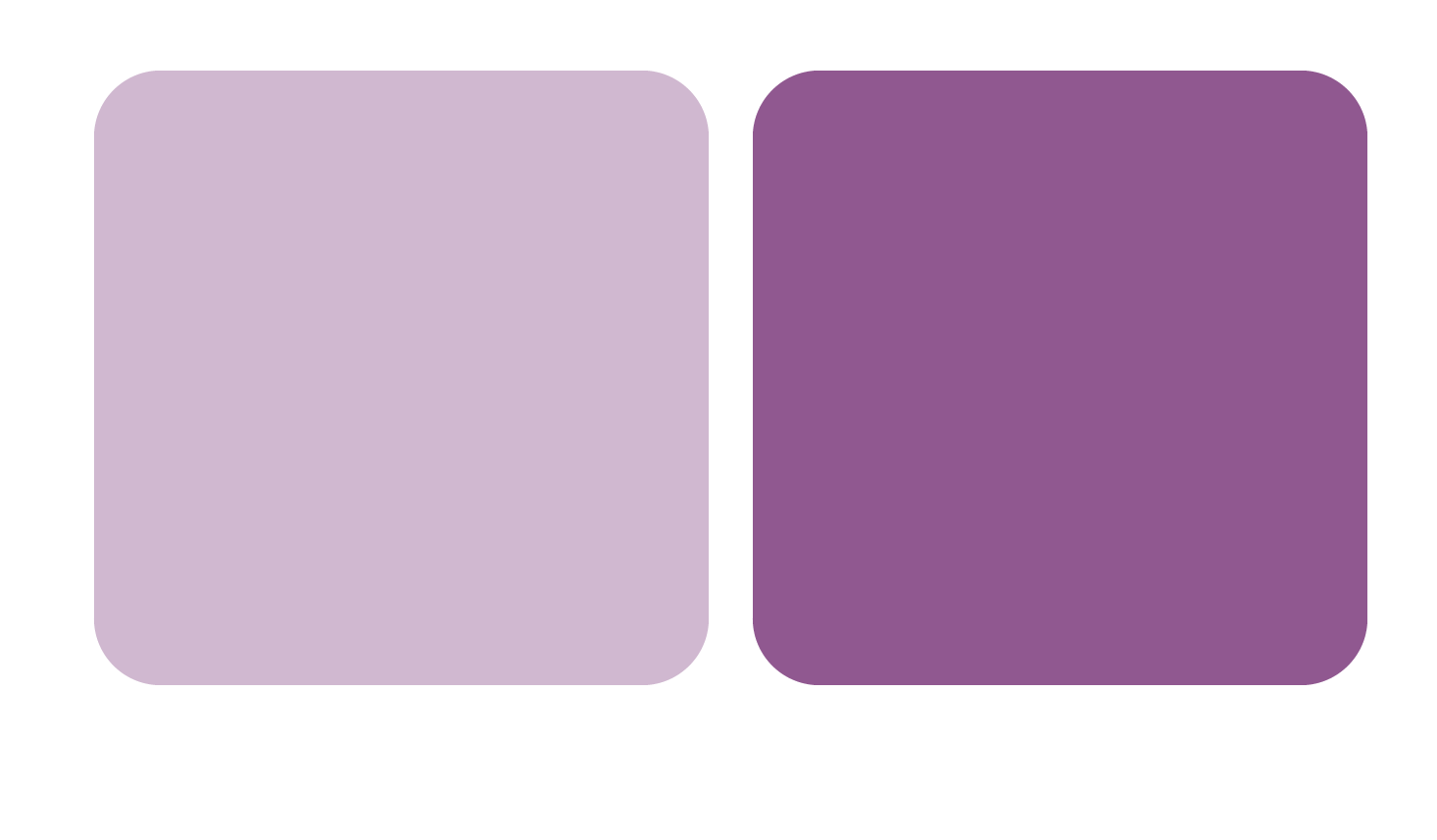Preface
Human factors in design
Here are three human factors that are common in design and not limited to webpages. The first two relate to human cognition and the third to human behaviour.
Humans judge can be aided by comparisons
Whether it’s tasting coffee or choosing clothes, comparisons can often aid our judgements.
The proper colour judging game is on No more marking, but consider the eight colours in the box below for a few seconds:

Now close the box and expand this next one with a single colour. Without looking at the scale, can you accurately judge which colour it is?

Pretty tricky, yes? However it’s much easier if the question is which of these two colours is darker?

There may not be an objectively best design, but by comparison it’s easier to discuss what “better” and “worse” look like.
Working memory is limited
Broadly speaking, we have two types of memory: working memory and long term memory. Working memory is very small, capable of holding no more than a handful of pieces of information. Long term memory is effectively infinite.
Section 3.2 Working memory expands more on this issue, but from a design perspective the challenge is to overcome working memory limitations.
For example, imagine having to remember this 16 digit number: 7591248630145829.
It’s difficult to read, let alone remember. But by using what we know about working memory, we re-design the problem.
It’s sill not easy, but splitting a long number into working memory sized chunks makes it easier to read and remember:
7591 2486 3014 5829
Our stated preferences often differ from our revealed preferences
“If we compare the amount people say they drink in surveys with how much the Government data tells us is actually sold, then it turns out we drink about 50% more than we say.”
Source: Alcohol Change UK
This is an example of the difference between stated preference and revealed preference and is why in design it’s as important - if not more - to understand what people do as what they say, in order to understand their needs.
Below is an example of desire path indicating the route preferred by users over that created by designers. We can think of desire paths as a form of revealed preference.
